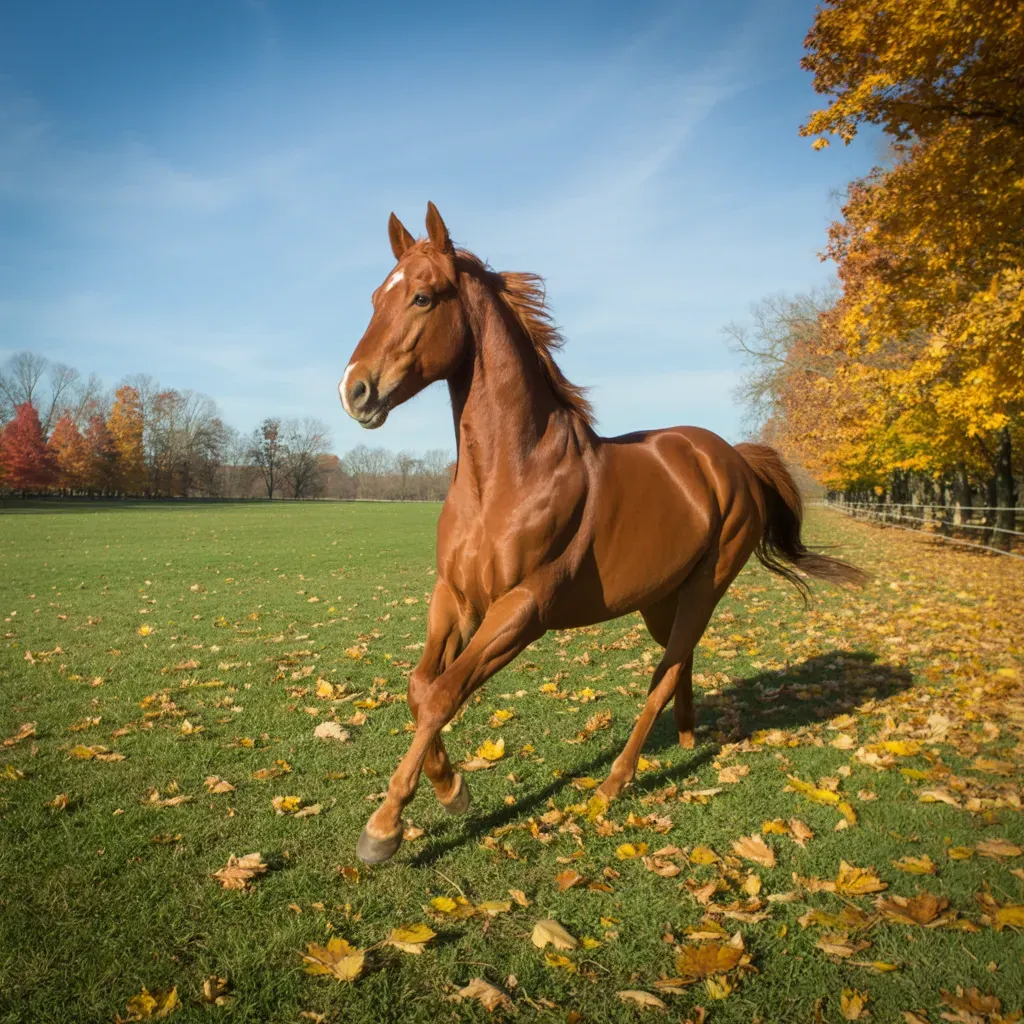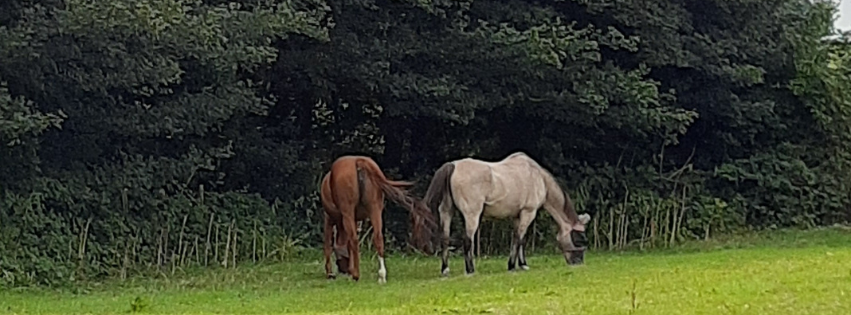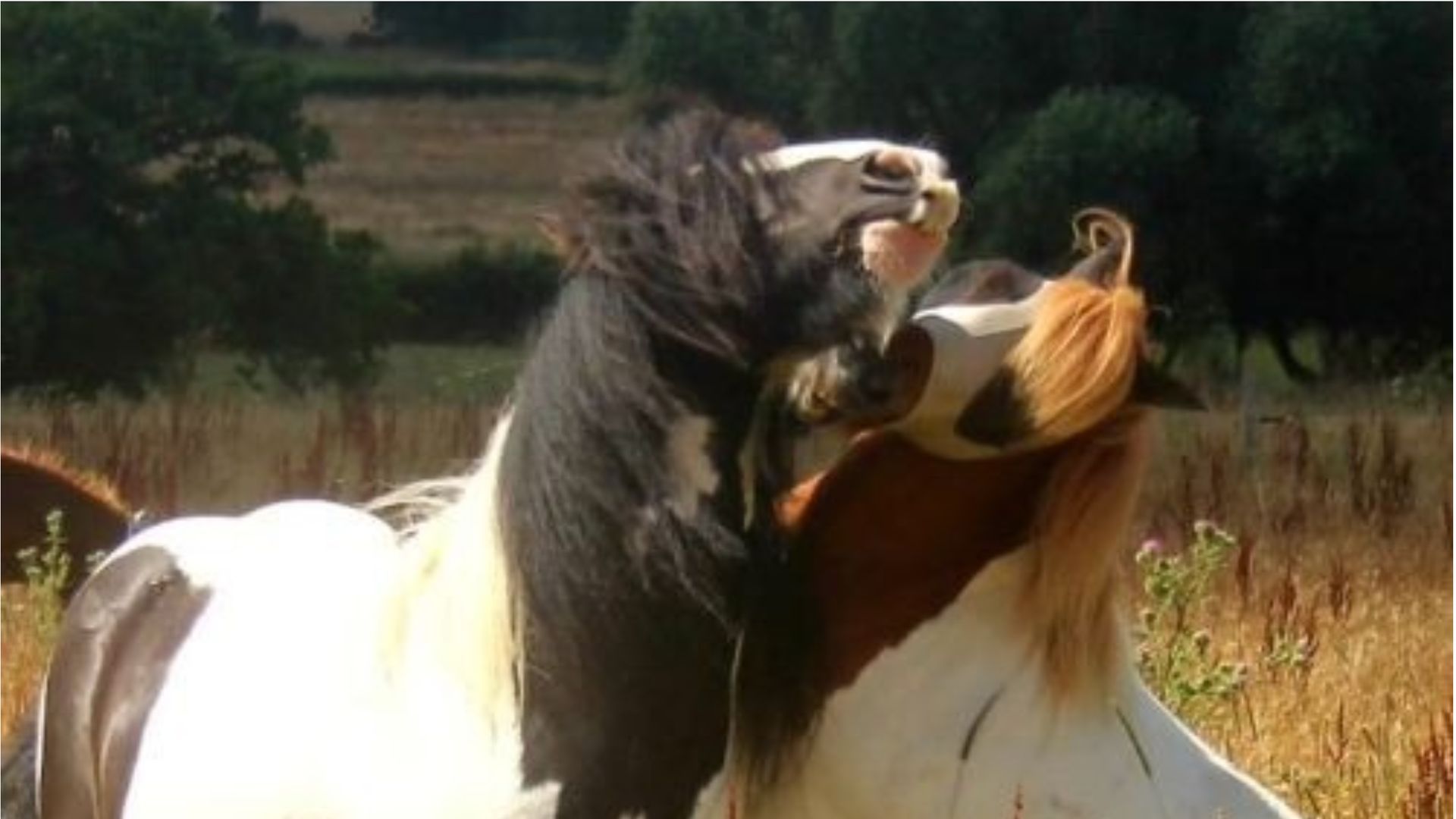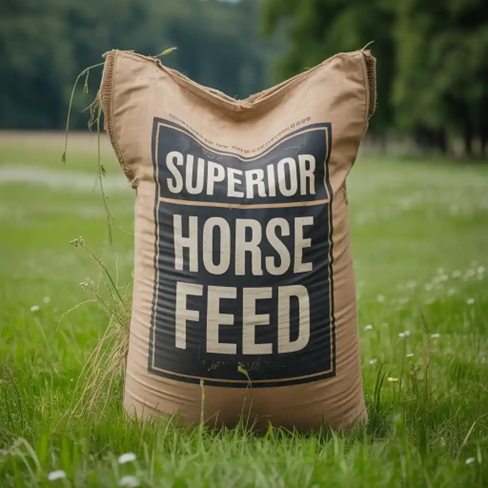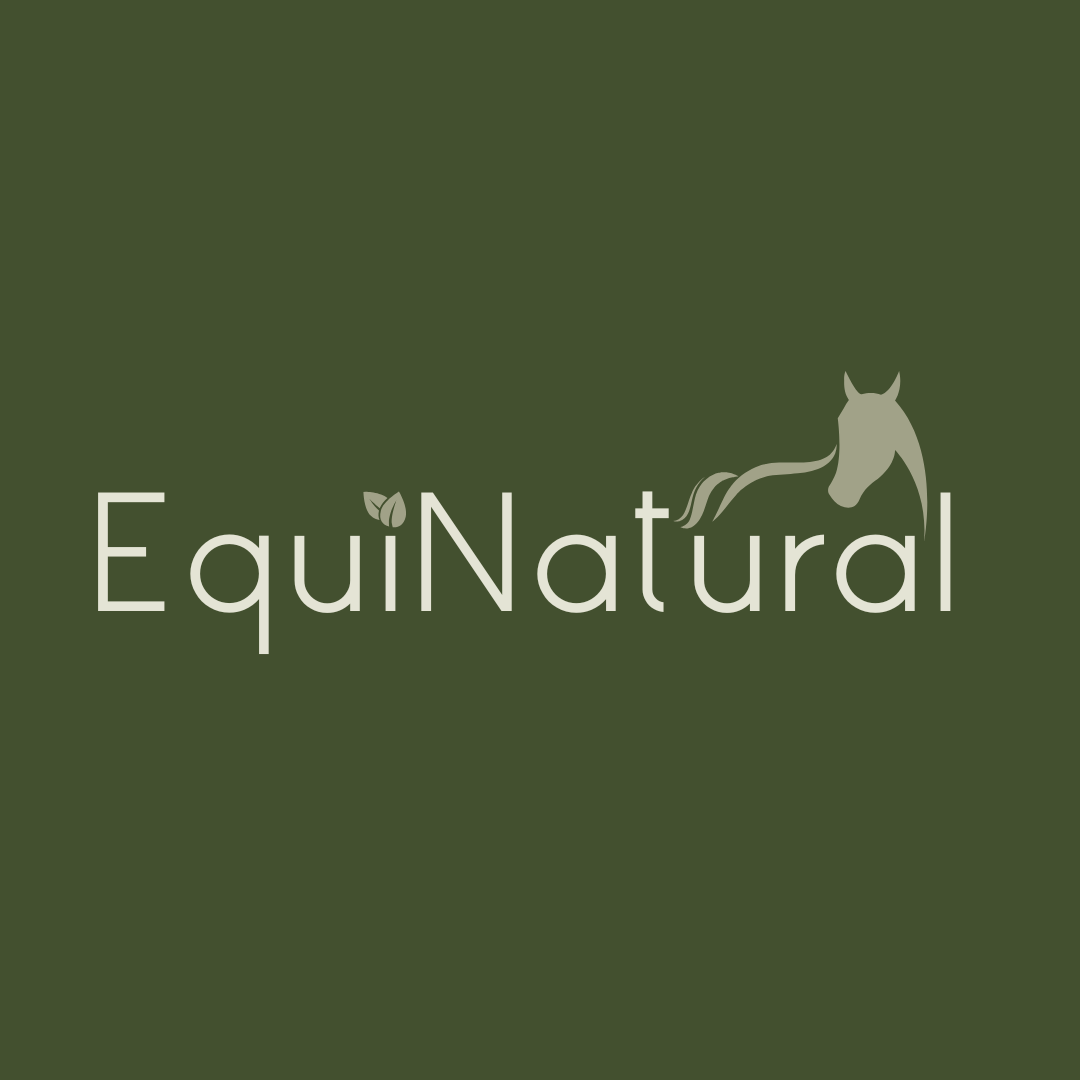The Fly Magnet Factor - the sweet smell of imbalance
Why flies favour some horses - and how to stop it from the inside-out
No question – the recent 33°C heat was brutal enough for us humans (especially those of us more Highland pony than hot-blooded Andalusian), but for our horses? It’s relentless, unnatural, and exhausting.
And then, to mock us further, enter the relentless flies – flipping thousands of them – and for our horses triggering everything from head-shaking and tail-thrashing to full-on stress responses.
Now cue that classic client question in our inbox :
“Why is my friend’s horse barely bothered by flies, and mine looks like he’s trying to audition for Riverdance?”
Simple answer? It’s rarely just about the flies – it’s about what’s attracting them (or not) in the first place.
The heat is on - and so is the stress
For our native breeds in particular, these muggy, airless conditions are miles away from their natural environment. Equally, for those livery horses stuck in tiny paddocks with little shade, or locked in a hot stable with poor air circulation, our horses aren’t just hot – they’re stressed.
Add in flies, and the misery reaches a whole new level. But here’s what many horse owners don’t realise: not all horses attract flies equally. And there’s a reason for that.
Flies love a biochemical party
When a horse sweats, they’re losing far more than water. Their sweat contains:
- Sodium and chloride (salt)
- Glucose (sugar)
- Hormones, ammonia, urea and other metabolic waste - in other words, strong-smelling byproducts of protein breakdown, detox processes, and exercise. If the gut’s off balance or the liver and kidneys are a bit overwhelmed, the body might push more of those waste compounds out through the skin. And that’s like ringing the dinner bell for flies.
To a fly, this mix is irresistible. Salt is essential, and must be replaced in hot weather. But the real story lies in the sweetness and waste content. The more sugary, sticky, or toxin-laden the sweat, the more flies will swarm.
The biome-fly connection
Holistic equine vet Dr. Tom Schell puts it bluntly: flies are drawn to horses with internal imbalances. And a big part of that picture is the gut biome.
Horses with:
- Dysbiosis (imbalanced gut flora)
- Poor detox pathways
- Sugar metabolism issues
- Chronic stress
... are more likely to have fly-attractant sweat.
Toxic waste is usually excreted through the proper channels thanks to a healthy gut biome and liver being able to do their job properly, and not sending them out through the skin. But when those systems are under strain, the horse uses the skin to detox, and the flies come running.
"Fly control made simple, just by taking the digestive microbiome into consideration.”
Dr Schell
Dr. Schell observed this directly in his research herd. Same pasture. Same forage. The difference? The microbiome. Horses with balanced gut function and well-managed stress attracted far fewer flies. But the horses with hindgut dysbiosis, heightened stress, and heavier supplement loads were fly magnets, stomping and swishing - and movement can actually draw more attention from flies.
When he adjusted their diet and support protocols, the difference was remarkable:
fewer flies, no sprays needed. Once their microbiome was rebalanced? Flies backed off, dramatically.
Common fly control pitfalls
Many fly solutions are palliative at best:
- Topical sprays: Brief relief at best, max 1-2hrs – quickly lost to sweat or UV light.
- Fly masks & sheets: Helpful but often impractical or easily removed – and… they don’t solve the root issue.
- Feed-through IGRs: Feeding a supplemented ‘pesticide ‘daily? Risky. It harms the gut and often backfires, attracting more flies.
- Garlic: Questionable palatability, high doses needed, plus garlic’s energetic is ‘hot’, so it adds heat to an already hot horse – not ideal.
The trouble is, many of these ‘solutions’ don’t just fall short – they can actually add stress, disrupt the gut further, or mask the real problem.
The EquiNatural approach: root-cause support
🌿 Salt – essential for hydration and electrolyte balance during heavy sweating.
🌿 SiboCARE – supports gut flora and healthy microbial balance.
🌿 Leakygut/faecal water? LeakyGutCOMBO – targets gut wall integrity and toxin load.
🌿 LKLCARE – helps clean up the clean-up crew - liver/kidneys/lymphatics - to clear metabolic waste efficiently.
🌿 StressTonic – for fly-triggered anxiety and heat-related stress responses.
Final thought - flies are messengers
Flies aren’t just a surface issue - they’re messengers of what’s going on inside.
If your horse is a fly magnet this summer despite all your efforts, it might not be about the flies at all. It could be a sign – and an opportunity – to restore balance from within.
Nurture the gut, nourish the liver, don’t forget the salt – and trust your horse’s body to do the rest, naturally.

